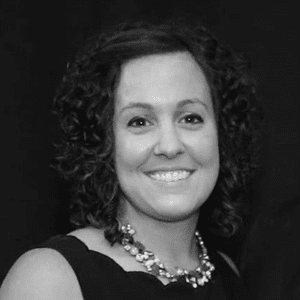Think you have too many obstacles to overcome in order to flip your classroom? Think again. When we released our Flipping the Art Room online grad class, we heard from many teachers that told us they couldn’t take it because they couldn’t guarantee that students would have access to technology at home. Sure, one way to flip a class is the narrow definition from Wikipedia below.
“Flipped classroom is an instructional methodology and a type of blended learning that delivers instructional content, often online, outside of the classroom and moves activities, including those that may have traditionally been considered homework, into the classroom.”
However, this take on flipped teaching is generalized and outdated (and, unfortunately, the first result that comes up in a Google search). Sure, this arrangement can work well, but it’s misleading because it’s not the only way!
Today we will explore some of the most common myths about flipped instruction to help you see the possibilities in the art room both for you and your students.
Myth 1: Students must have technology at home in order to participate in flipped instruction.
At AOE, we like to look at Flipped Instruction more like differentiation. Many “flippers” have students watch the demonstrations in class, using a class set of iPads or other obtained technology. This arrangement allows students to move along at their own pace. High school art educator Donna Bonavia, who has 50 students in her Art 1 class, chooses to have students watch the demonstrations all together as a group. “I have large classes and I have kids pulled out of my room for testing, field trips, college visits and extra-curricular activities. I use the flipped classroom model as a means to address all of these challenges.”

Myth #2: I can’t flip if I don’t work in a wealthy district with lots of technology.

This idea just isn’t true. Yes, you will need some type of technology in order for students to watch your demonstrations, but there are so many creative ways to obtain technology. Johanna Russell, who is one of our AOE Instructors teaching Flipping the Art Room this summer, has found some really interesting ways to overcome this problem. “At the very least, you will need a projector to play videos – rent it from the media center if you are unable to secure one of your own at first,” explains Russell. She goes on to state some other creative ways to ask around to get the tech you need. “You can hit up principals, administrators, school board members and parents, and ask them to donate any old devices. Any old phone that can connect to your school’s WiFi and can store videos will work.” Russell went on to explain how supportive parents and staff are once they see the setup and learning in action.
“Remember, it’s not that you want to flip, but rather that you are going to flip, and here is how they can help,” reminded Russell.
Remember, it’s not that you want to flip, but rather that you are going to flip, and here is how they can help. – Johanna Russell
Revisiting the idea of defining flipped teaching, we can turn to this wording found on the Flipped Learning Network:

Although tricky, try not to let barriers that are out of your control get in the way of teaching methods you want to try. If you are creative enough, you can make it happen. I encourage you to look closer at ways you CAN make something work, and become the ‘fighter’ who gets the job done.
{image source}
What are some concerns you’ve had in the past about flipped teaching?
Any flippers out there who have other words of encouragement about these common myths?
Magazine articles and podcasts are opinions of professional education contributors and do not necessarily represent the position of the Art of Education University (AOEU) or its academic offerings. Contributors use terms in the way they are most often talked about in the scope of their educational experiences.




